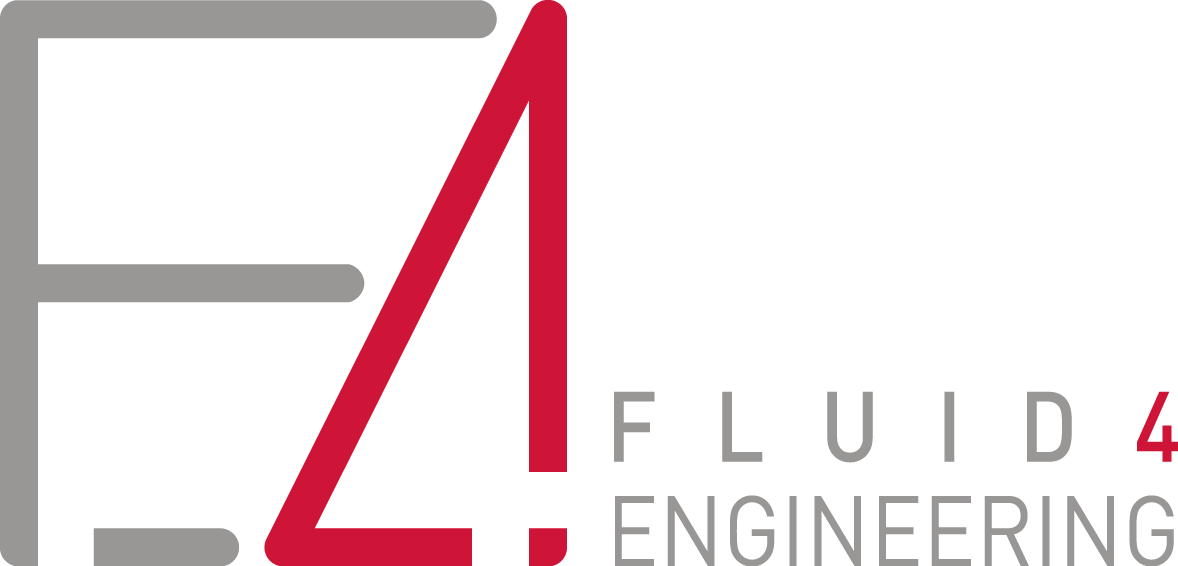MOTORBOAT
AND MEGAYACHT
FLUID4ENGINEERING has developed a custom designed simulation loop for motorboats and megayachts hydrodynamic performance simulations via the knowledge transfer from Racing Sailing Yacht technology. Our method was extensively validated in the past and regularly checked with new data when available comparing CFD results with experimental towing tank for different hull designs and different facilities. The Verification&Validation approach is at the base of the CFD methods. Basic hydrodynamic simulations are done in full scale, bare hull or full appended in 2 degrees of freedom condition (surge and pitch) and can be extended up to six degrees of freedom, 6dof (surge, sway, sink, heel, trim, yaw) in flat water or in waves (regular or custom oceanic spectra).
HYDRODYNAMIC PERFORMANCE INVESTIGATIONS
Standard investigations in the design loop are:
- Hull design and hyrodynamics performace optimization
- Special hull features (spray rails, chines, interceptors, wedges, etc.) design
- Bow-bulb investigation and shape optimization for drag reduction
- Gas exhaust scoop design, investigation and optimization
- Fin stabilizer interaction, position and optimal trim investigation
- Hull-Appendages interaction
- Hull-Propeller interaction
- Propeller blades and section design, cavitation inception and ventilation
- Spray rail design and position for high speed small craft
- Stepped Hull for forced ventilation, air inflation device feature design investigation and optimization for drag reduction
More complex methods are used for custom projects, including dynamic simulations like:
- Self-propuslsion scenario
- Roll Decay
- Fin stabilizer efficiency in cruising condition
- Manouvering
- Seakeeping and Seasickness study
- Greenwater loads
- Tank/Ballasts sloshing
AERODYNAMIC PERFORMANCE INVESTIGATIONS
Standard investigations in the design loop are:
- Windage of hulls, decks, and superstructure
- Occupant safety and comfort, cabin ventilation
- Local wind effects
- Smoke, gas and pollutions exhausts
- Engine room ventilation and thermal management
